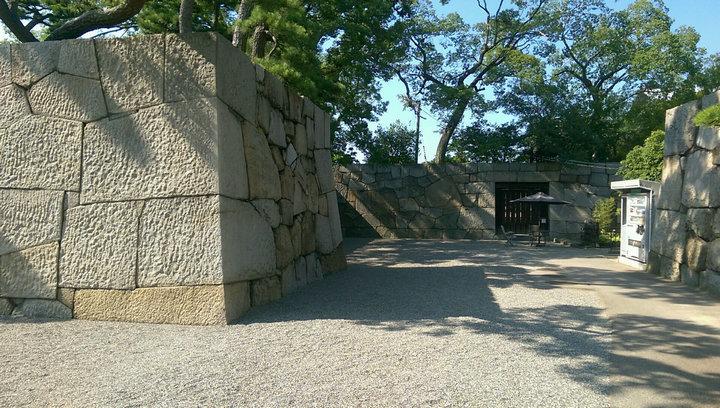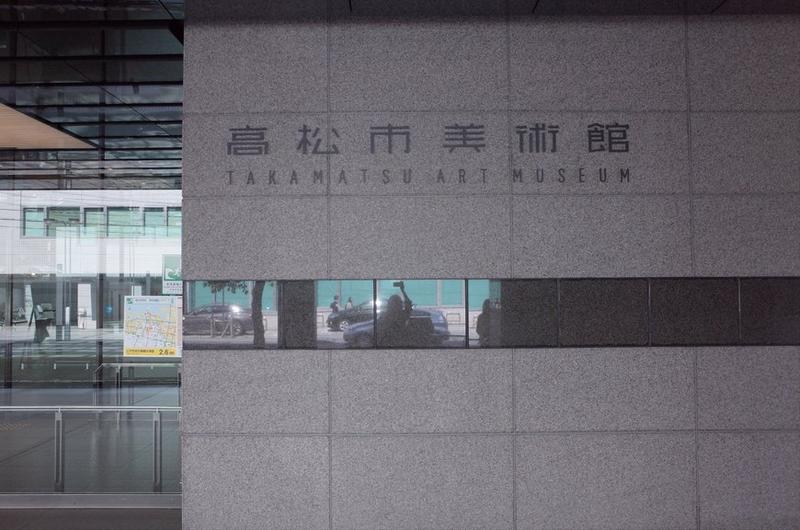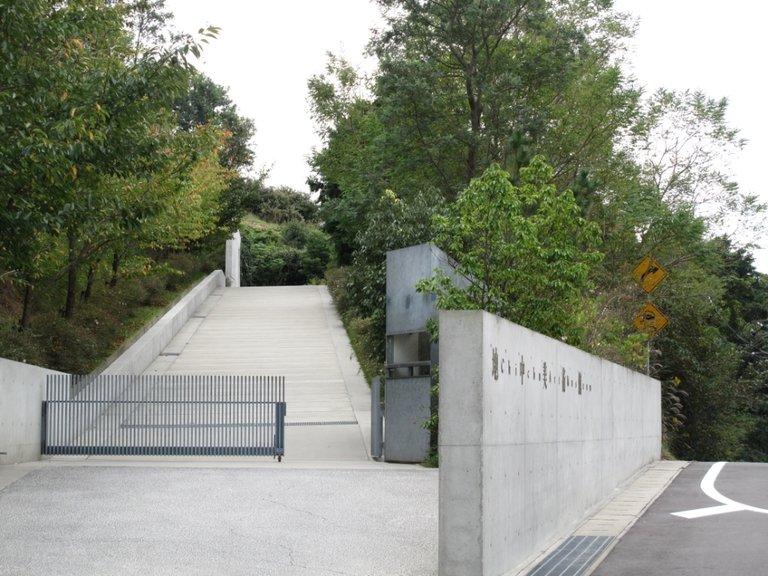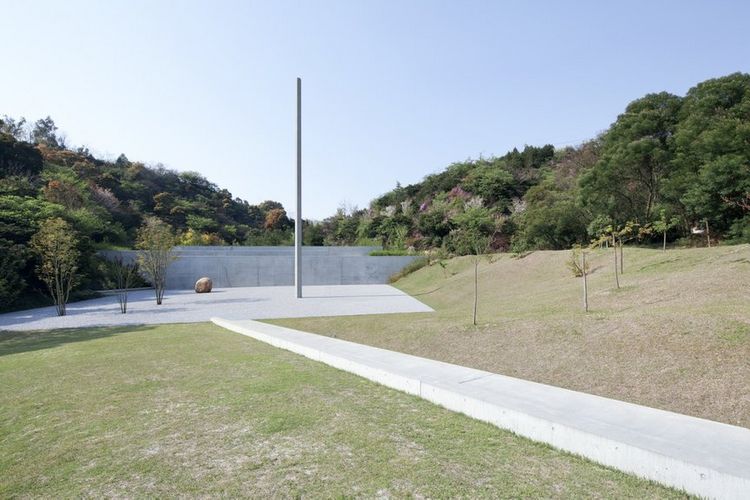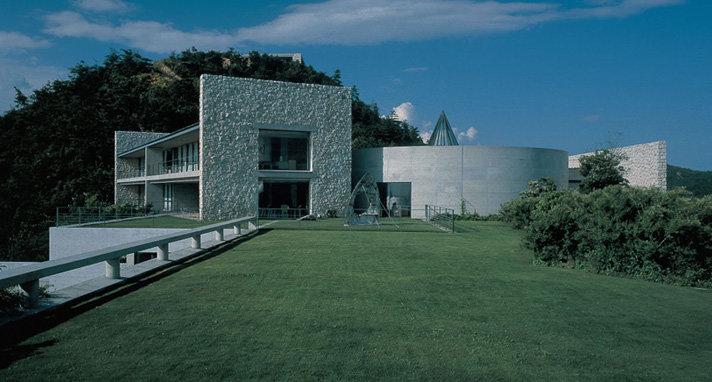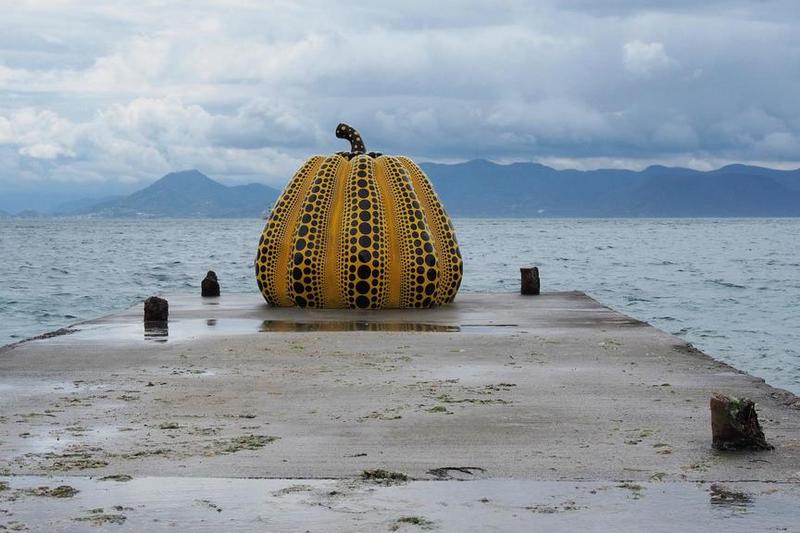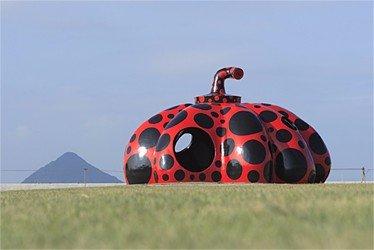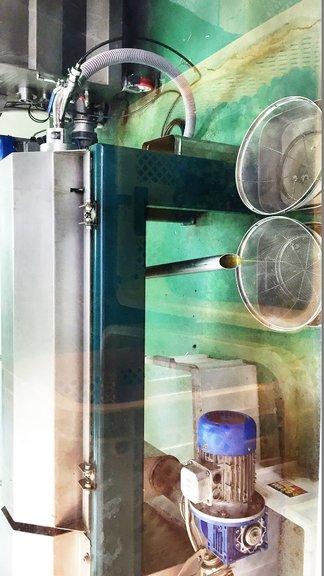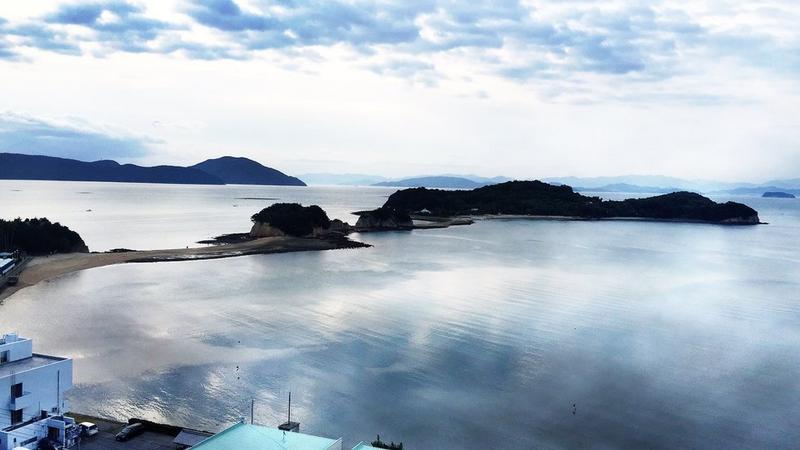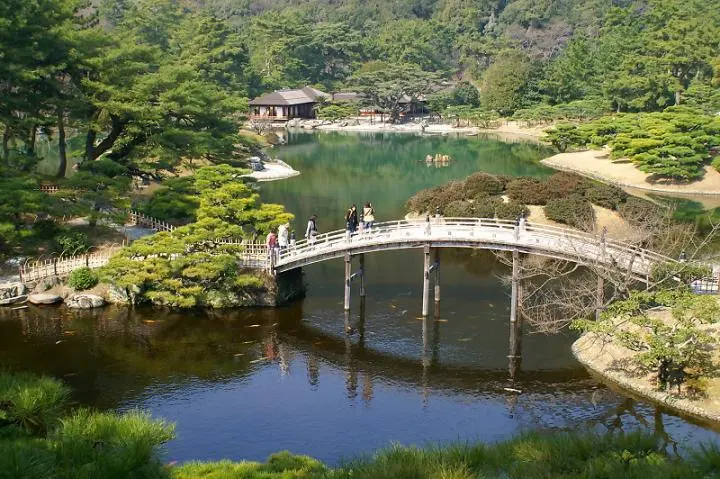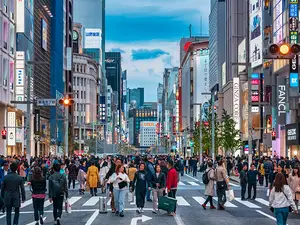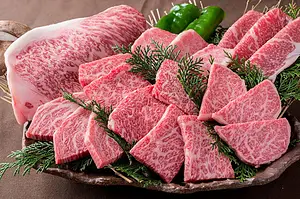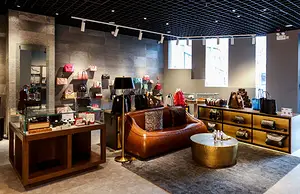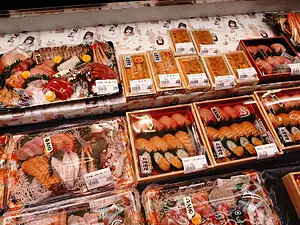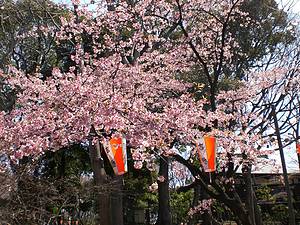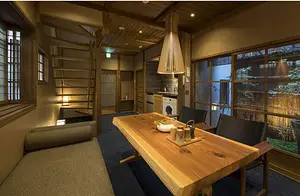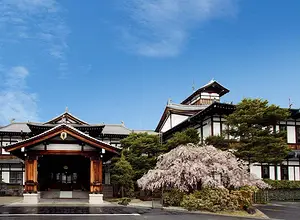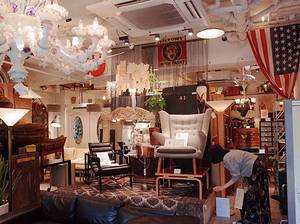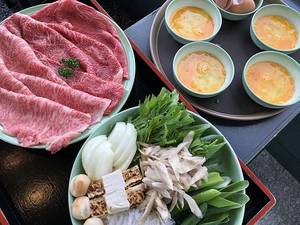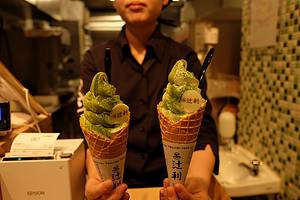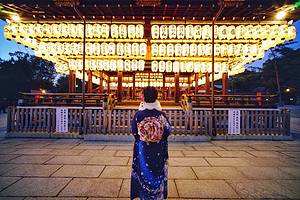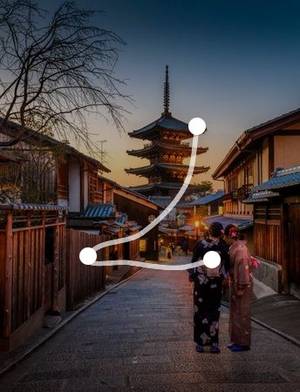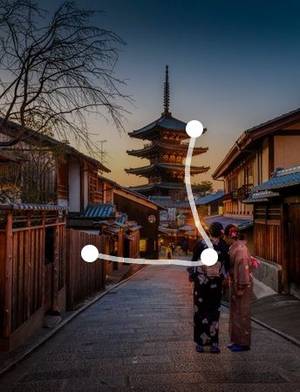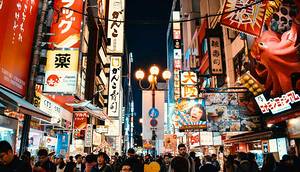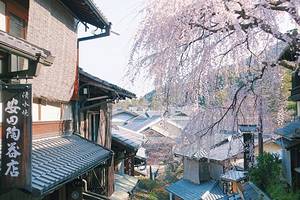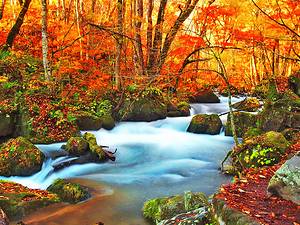4-day Art Pilgrimage to Seto Inland Sea
3 cities |
14 attraction(s) |
total distance 45
km
 TIPS
TIPS
Day1
Day2
Day3
Day4
Day1: Takamatsu
3 attraction(s) ·
2 km
1
Takamatsu Castle is a castle in Japan, located in Tamamo-cho, Takamatsu City, Kagawa Prefecture, Shikoku Island. It is also known as Tamamo Castle. It is a designated national historic site. Takamatsu Castle is a contour-style castle. The main tower of the castle collapsed in 1884, but there are plans to reconstruct it. Takamatsu Castle is also one of Japan's 100 famous castles and one of the three major water castles in Japan.
2
km
2
In spring 2016, after about a year of renovation, Takamatsu City Art Museum reopened. The museum, located next to the central commercial street, is a modern and tranquil art attraction, and a "square" where citizens gather.
The museum's collection, centered around "Modern Japanese Art after World War II", "World Art after the 20th century", and "Art and Crafts of Kagawa", consists of over 1,600 art pieces. It has received high acclaim both domestically and internationally, and its collection of modern art is considered top notch in terms of quality and quantity in Japan. These modern art pieces have showcased the creativity of the city of Takamatsu in various art trends, such as the Setouchi International Art Festival, and have built a cultural platform, making them a living art archive.
Takamatsu City Art Museum introduces diverse art and actively engages in new activities while also cherishing its rich history. It was the first local public art museum in Japan, established in 1949 in the famous Ritsurin Park, and relocated to the current central street in 1988 after the opening of the Seto Ohashi Bridge. In the future, the museum, reborn in 2016, will continue to value the deep emotional connection of its predecessors to cultural arts, unite with the citizens, and grow together with the times.
1
km
3
Central Park is located in the center of Takamatsu City and is a representative political, cultural, and commercial center where the prefecture office, city government, high schools, and shopping streets converge. Originally a baseball field, it was converted into a park after relocation. With extensive lawns, forests, and streams, it is a place loved by both adults and children.
Day2: Naoshima
6 attraction(s) ·
8 km
1
Located in Setouchi National Park, Ando Tadao designed the museum to be integrated with the surrounding natural scenery, with nearly 70% of the building being underground and the entrance built along the slope of the hill. The architecture itself is Ando Tadao's famous "suijimō" (water convex) style, and the permanent collection includes five pieces of Monet's "Water Lilies". When Monet painted the water lilies in his later years, he was troubled by cataracts. In order to allow viewers to enter this delicate and pure sensory world, Ando Tadao carefully arranged the paths in the underground museum to simulate such a scene, expressing the concept of "darkness is better than brightness, and underground is better than above ground".
4
km
2
Lee Ufan Museum is a museum named after the South Korean minimalist artist Lee Ufan. It was completed and opened in 2010 and is another treasure on Naoshima Island designed by the architect Tadao Ando. In the square courtyard, there are Lee Ufan's works of stones and columns, full of Zen.
1
km
3
ベネッセハウス ミュージアム
Benesse House is a modern art museum-style resort hotel located in the southern part of Naoshima. It consists of four buildings: the Museum, Oval, Park, and Beach. Designed by architect Tadao Ando, each building has its unique design and rooms for accommodation. The main attraction of Benesse House is its modern art museum overlooking the sea on a hilltop. The museum showcases works by various Japanese and international artists, created based on the natural environment of Naoshima. In addition to the artworks displayed in the museum and guest rooms, there are nearly twenty art installations placed on the grasslands and beaches around Benesse. Most of these installations are specially designed to blend into the surrounding natural environment, located on the mountainside and coastline below the museum. Inside Benesse House, there are restaurants, cafes, shops, and bathing facilities available to guests or day visitors. Hotel guests have the privilege of using exclusive restaurants and accessing the museum outside of regular opening hours. Benesse House is the most upscale hotel on the island, with prices starting at approximately 27,000 Japanese yen per night.
1
km
4
This yellow pumpkin is a work by the famous Japanese artist Yayoi Kusama. Kusama, who often experiences hallucinations, has a preference for dense tiny dots. Under the sunlight, the yellow pumpkin looks very three-dimensional, as if floating on the sea surface.
3
km
6
Yayoi Kusama \
This sculpture is one of the representative works of Yayoi Kusama, a Japanese avant-garde artist, and it is said that she expressed her own hallucinations. Various forms of red dotted pumpkins create a magical space suddenly appearing on the coast.
Day3: Shodoshima
4 attraction(s) ·
36 km
1
Shodoshima is a holy land for olive cultivation in Japan, known for its warm climate and Mediterranean atmosphere in the olive groves, making it a famous tourist destination.
7
km
2
Marukinsyouyu Kinenkan
Marukin soy sauce is one of the most famous soy sauce brands on Shodoshima Island, deeply loved by consumers nationwide. The Marukin Soy Sauce Memorial Hall, built by the brand, attracts many tourists to visit. Even before entering the hall, visitors can already smell the strong aroma of soy sauce. Inside the memorial hall, visitors can learn about the production process of Japanese soy sauce and the history of the Marukin soy sauce brand. In addition, visitors can also taste various different flavors of soy sauce. It is recommended to try the specialty soy sauce ice cream, which is very delicious and far from being just a strange food. Before the visit ends, visitors can also receive a bottle of precious soy sauce as a souvenir.
7
km
4
This is a love journey to a small island in the sea, with a total distance of 1.5 kilometers. Walking hand in hand with the loved one on the sandy path that appears and disappears between the tides, it is undoubtedly a cherished and happy experience.
Day4: Takamatsu
1 attraction(s) ·
0 km
1
Located at the southern foot of Mount Ziyun on the outskirts of Takamatsu City, it consists of two gardens, North Garden and South Garden, with a total area of about 75 hectares. There are 6 ponds and 13 rock formations scattered throughout the garden. In the early Edo period, it was a representative work of the "returning garden" style in Japan. The vegetation and flowers vary with the seasons, making it a stunning sight. The Tsukimi Pavilion by the South Lake was originally a large teahouse where the feudal lord entertained guests and enjoyed the scenery and tea. Today, it provides services such as matcha and snacks for visitors.
